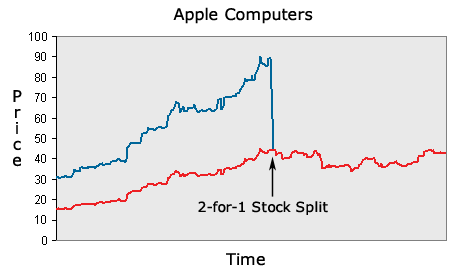P10-What-After-IPO
post 10
Dated11/5/2020
What after IPO
snippet Today we will see How bunty expands his company and expands his capital base..
So yesterday we saw how Bunty launched an IPO and now his company is listed in the Stock Exchange. Now after the IPO bunty needs to raise another round of Capital Expansion. Let’s see the pool of options bunty has.
FPO
Follow on Public Offering is the following round of raising capital from the market,It also requires the issue of a Prospectus and can raise money in two ways
- Dilutive here the company issues new shares and sell them in market.
- NON Dilutive Here company sells the shares those were privately held.
Rights Issue
Once bunty is listed on the market using and IPO then he can initiate a Rights issue. Here the company gives an offer to it’s existing shareholders to purchase more shares.
example a company announces a 5:1 rights issue, this would mean that a shareholder having 5 shares can optionally purchase one more, But a person who does not own shares previously would not be able to purchase any stake. This method is useful if Bunty want’s to avoid diluting the ownership of his company.
Bonus Issue
As we’ve discussed earlier that Bunty is supposed to share his company’s profit as dividned but what if he decides to employ that profit for growth of his company??
here Bunty can declare a Bonus Issue where he decides a ratio to give shares free of cost to previous shareholders in leiu of Dividend. Example his company declares the bonus of 100:1 then each investor holding 100 shares will get 1 share free of cost, Which can be sold in market to obtain money that dividend would have given.
Now with hard work of bunty and his team his company grew too big and share price increased too much, The raised price is becoming unaffordable for small investors and the demand is becoming low due to huge amount required to purchase a share in market.
Our Intelligent Bunty also has a trick to avoid this , He calls for a Share Split
Here a ratio is divided and the value of each share is divided according to that ratio, but the no of shares held by an investor are multiplied by the same factor.
Example Bunty had his one share trading at 10,000 rupees a share and investors are reluctant to buy a share that costly, also I have 10 shares of his company that I purchased from Bholla Singh, Bunty now announces a split of 1:10 meaning value of his one share will reduce to 1000, but wait i have 10 shares in my Demat account, They will get multiplied by 10, and I will be now holding 100 shares for the same value.
The practical Share split is shown Below, the graph gets automatically adjusted and behaves like split never happpened by adjusting all the past values,A clear drop in Blue colour is seen due to split, and The red one shows the normalized value after the split,
